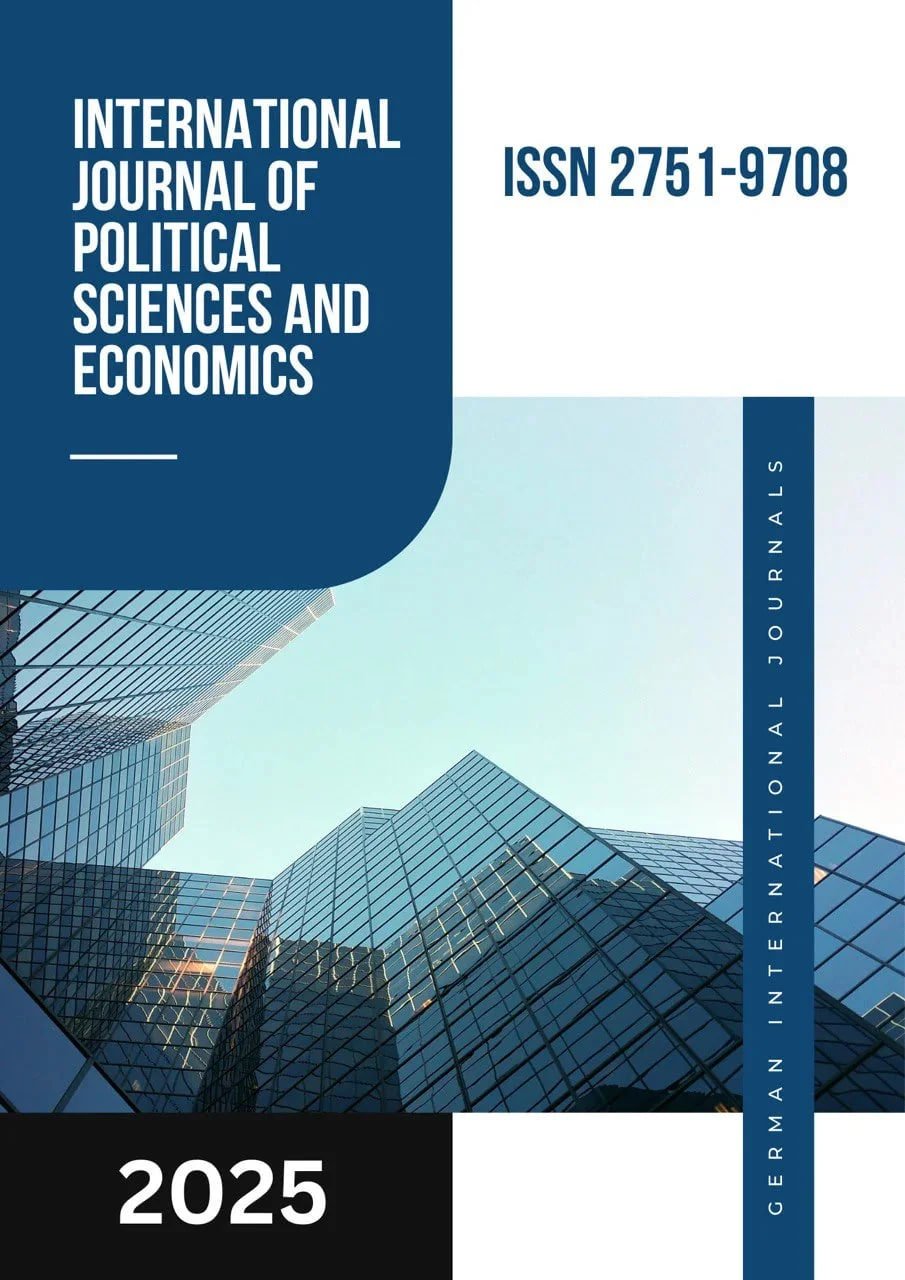THE MOST CONFUSING SENTENCES IN FAULKNER’S NOVELS: AN EXPLORATION OF NARRATIVE COMPLEXITY
DOI:
https://doi.org/10.55640/Keywords:
William Faulkner, narrative complexity, stream of consciousness, nonlinear time, fragmented syntax, Southern identity, psychological fragmentation, narrative perspective, temporal dislocation, modernist literature, postmodernist narrative, Faulkner’s prose style, Southern Gothic, the collapse of tradition, modernism, post-Civil War literature.Abstract
William Faulkner's novels are renowned for their intricate narrative structures, often creating a sense of confusion and disorientation among readers. This paper aims to explore the most confusing sentences in Faulkner’s novels, analyzing how his use of syntax, stream of consciousness, and fragmented narrative techniques contribute to the complexity of his writing. By focusing on key examples from novels such as The Sound and the Fury, As I Lay Dying, and Absalom, Absalom!, this study examines how Faulkner's stylistic choices challenge conventional reading strategies and reflect the themes of psychological fragmentation and Southern identity.
References
Faulkner, W. (1929). The Sound and the Fury. Jonathan Cape & Harrison Smith.
Faulkner, W. (1930). As I Lay Dying. Jonathan Cape & Harrison Smith.
Faulkner, W. (1936). Absalom, Absalom!. Random House.
Downloads
Published
Issue
Section
License

This work is licensed under a Creative Commons Attribution 4.0 International License.
Authors retain the copyright of their manuscripts, and all Open Access articles are disseminated under the terms of the Creative Commons Attribution License 4.0 (CC-BY), which licenses unrestricted use, distribution, and reproduction in any medium, provided that the original work is appropriately cited. The use of general descriptive names, trade names, trademarks, and so forth in this publication, even if not specifically identified, does not imply that these names are not protected by the relevant laws and regulations.







